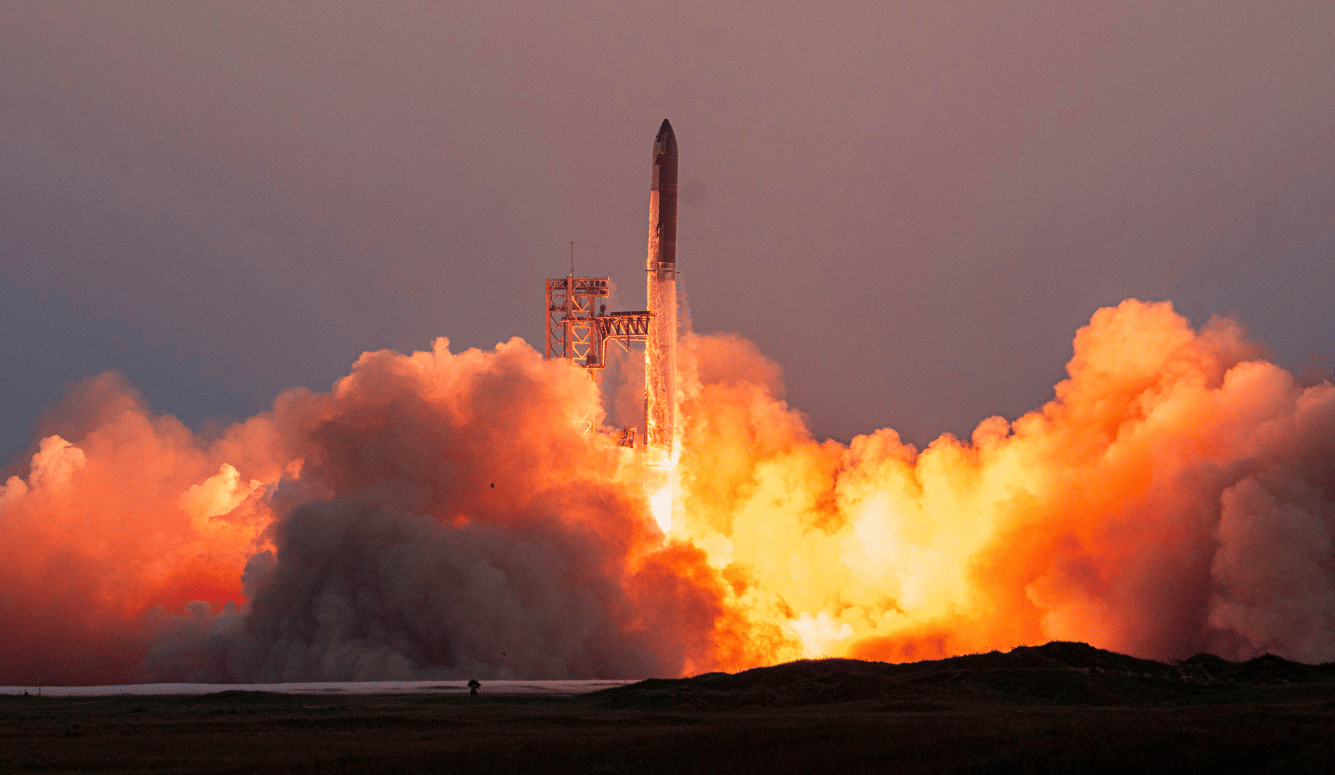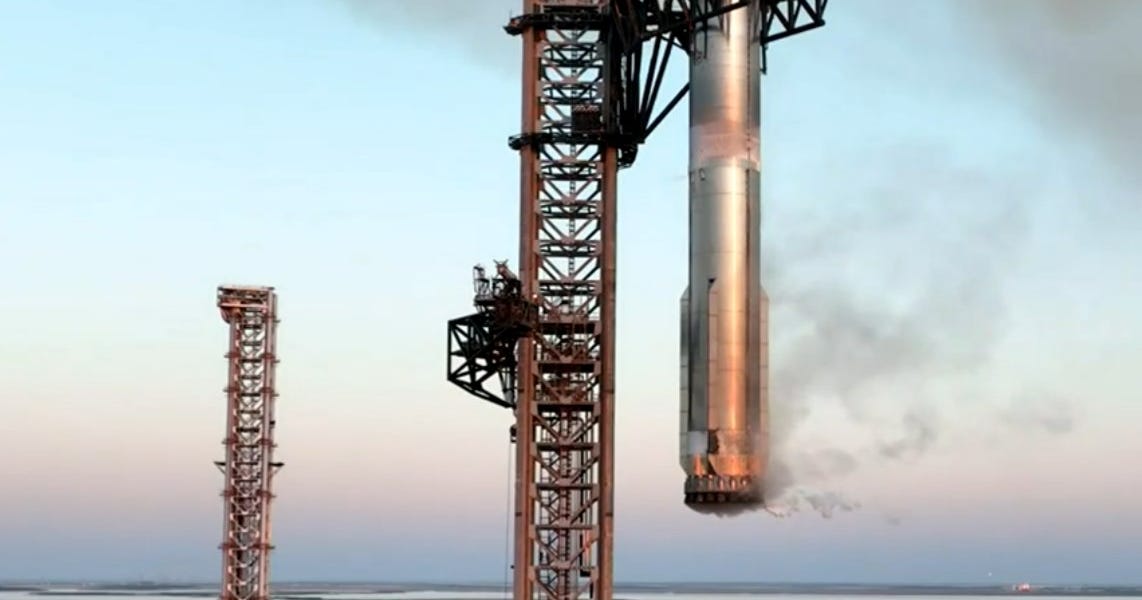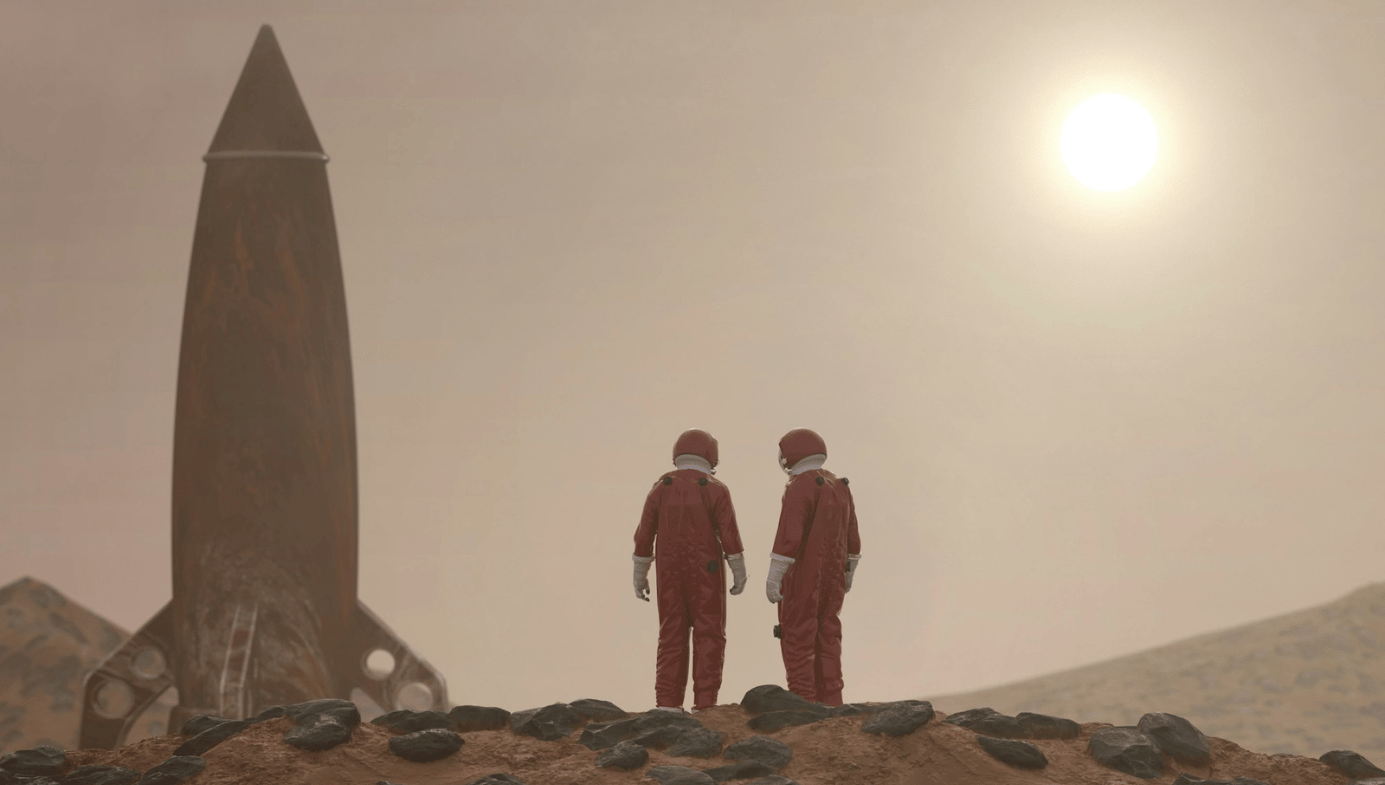Space
Catching the Starship: A Breakthrough for Humanity
It is now more likely than not that humans will reach Mars, which will transform life on this planet and beyond.

Last week, Starship completed its fifth test flight and demonstrated a dramatic mode of booster recovery by catching the enormous Super Heavy first stage on the same launch tower it had left only a few minutes earlier. Less than an hour later, the upper-stage ship successfully reentered the atmosphere and performed a soft splashdown in the Indian Ocean. Aside from a hot staging ring jettisoned by the booster on its way back to the launch site, all the components of the rocket made a controlled return to Earth, making this flight a significant milestone on the path to producing a fully reusable launch vehicle. This promises to exponentially increase the amount of mass that can be sent into orbit, beyond even the unprecedented amounts of payload delivered by the partially reusable Falcon 9.
I rented a $17k lens to photograph the recent starship launch in detail. When I aligned and stitched all the photos I took together, it made a unique video showing the entire event from launch to catch.
— Andrew McCarthy (@AJamesMcCarthy) October 19, 2024
I hope to ride on Starship one day. pic.twitter.com/Y2iBdTRM49
Mass is the key problem of spaceflight. At the dawn of the space race, the Soviets could throw more material into space in a single launch than the Americans, which created such a crisis of confidence that NASA was formed and went on to win the Moon race—primarily by building a rocket that could throw around nine times more mass at the Moon than the best functional Soviet rocket, the Proton. In the modern commercial era, the most important measure is cost per kg—and even with the Falcon 9 and Falcon Heavy substantially reducing costs, each kilogramme of matter sent into low Earth orbit still costs over $1,000 USD. What Starship promises is, depending on which estimates you believe, a per kilogramme cost in the range of $10–$100 USD.
Many of the barriers to interplanetary travel and colonisation that feature in popular science articles—such as the threat of cosmic radiation and the difficulties involved in running bioregenerative life support systems—are in fact mass problems in disguise. Radiation can be mitigated by travelling faster through deep space—which uses more propellant, so it’s a mass problem; and by employing additional shielding, also a mass problem. A closed-cycle bioregenerative life support system, which recycles all human waste products into consumables, is beyond our technology at present—but the gap between what is needed and what can be produced through recycling can be made up with supplies from Earth—and so that, too, is a mass problem.
There are still many engineering problems to be solved, but there is also an ample supply of problem solvers on Earth, whose work will be enabled by the coming dramatic drop in launch prices. Just as the density of transistors was the fundamental problem that had to be solved to enable the entire computer industry to rapidly solve software problems, cheap mass to orbit is the fundamental problem which, when solved, will allow rapid solutions to all the other problems of living in space. If the Starship development program succeeds, it is going to unlock this for us.

SpaceX is several years late relative to its initial timeline, and the clock is ticking for the company’s contractual commitment to NASA to deliver a human lander for the Artemis missions; and for Elon Musk’s vision of sending humans to Mars in his lifetime. Musk is demanding that once the rocket is ready, its launch rate be rapidly increased—to up to 1,000 ships per year by 2028. If SpaceX employees achieve even a fraction of the target they have been set, it will transform life on this planet and beyond.
It is now more likely than not that humans will reach Mars. Getting to Mars in a reasonable time with reasonable amounts of propellant is only possible during windows when the Earth is correctly aligned with the planet, and these windows occur every 26 months. We are currently at the end of one, and the next will not occur until late 2026. By that point—unless something derails the program—SpaceX will be able to send some unmanned ships to Mars. The burn that a ship requires to move from low Earth orbit to a Mars transfer orbit is shorter than that required to get the ship from the point at which it detaches from the booster into Earth orbit in the first place, so we know this can be done. All that is required is that the tanks be topped up by sending additional Starships equipped as tankers to rendezvous with the Mars-bound ship. This sort of propellant transfer is set to be demonstrated next year as part of the Artemis contract, which will also require tanker flights.

One or more unmanned ships will fly two years from now, and when they get there attempt to enter the Martian atmosphere and land on the surface. Success is far from assured, and Musk has stated that humans will only go once all unmanned ships have successfully landed. On the surface, robotic rovers will deploy solar panels and a small chemical plant to make propellant for the first crew’s return journey. I wouldn’t bet on there being a human landing in the 2029 window; SpaceX will continue with unmanned missions until they are happy that they can pull off one with a crew. The 2031 window is a possibility for the first manned Mars flight, and by the 2033 window I would say it is likely. Humans could land on Mars within a decade. And once humans can go, the number going in each window will start to increase.
The first people to go will be highly risk-tolerant adventurers, who will build a base and try to mitigate some of the dangers of this hostile planet. Over time, this will make the planet safer and more welcoming to more cautious but still ambitious people, who will in turn create more living space there, set up further manufacturing and services, and make Mars more inviting still.
Back here in the vicinity of Earth, there will be ever more activity in space. The interior of a Starship is very large—it is comparable to the American Skylab space station of the 1970s, but wider and shorter. It will offer space tourist flights perhaps a hundred times more cheaply than those that are currently available, and they will be a great deal more comfortable, too. A vastly larger number of scientists will be able to fly into space to conduct experiments currently performed by high altitude balloons, sounding rockets, or parabolic flights. If your children go to university to study STEM, they may get such an opportunity.
Just as the acceleration of the number of transistors enabled a host of new business models centred on computers, the acceleration of mass to orbit will unlock many new ideas that have thus far been only theoretical. Companies will attempt to build data centres in space and solar-powered satellites that beam energy down to Earth to provide continuous zero-carbon electricity. They will mine near-Earth asteroids for precious metals in the hope of becoming trillionaires. Nobody can predict for sure how any of these ventures might turn out, but we would certainly be enriched by the efforts. All this is feasible with the next decade or so, if Starship continues to achieve its current level of success. In the subsequent decades, but still within the lifetimes of most of us, even more changes will happen on the back of this.

The flow of migrants to Mars will increase until governments begin to fret about the tax implications of losing their best graduates to the Red Planet, and one or more governments that form there will eventually become independent of Earth. New nations will be founded by those brave enough to go to the frontier first. This will cause significant political upheaval everywhere.
Space habitats will be constructed in Earth orbit and in the vicinity of the Moon. These will be cheaper to get to than Mars, provide a more comfortable environment, and more regular travel to and from our planet, although they are less likely to become politically independent. The habitats in Earth orbit will be large enough to be seen with the naked eye—the International Space Station appears only as a bright dot moving across the sky on a clear night, but these will appear as actual structures in the sky, slowly rotating to provide artificial gravity for their occupants.

Major human expeditions will be sent to the outer planets, to look for life on the icy moons of the gas giants. Commercial expeditions will visit asteroids, mine them, and establish bases on them. There will be a vastly increasing supply of energy and materials available to humanity as we ascend the Kardashev scale, as well as vast opportunities for adventure.

The ultimate adventure may become available if the Breakthrough Starshot project, or a similar initiative, is able to send a probe to Alpha Centauri at a significant fraction of the speed of light and return detailed data about the planets that orbit these three stars. If one of the stars looks suitably inviting, a vehicle to take humans there may begin construction in space in the later part of this century.
But for now, what matters is the enabling technology. Can SpaceX get enough mass into space, cheaply enough, to make these dreams manifest? Even if they falter, there are competitors—Blue Origin, Rocket Lab, Stoke Space, LandSpace and others—hoping to follow in their footsteps. The fact that the Super Heavy booster was successfully caught on the first attempt—although even the typically overoptimistic Elon Musk thought it would take three attempts to get it right, suggests that this future is indeed on its way.






